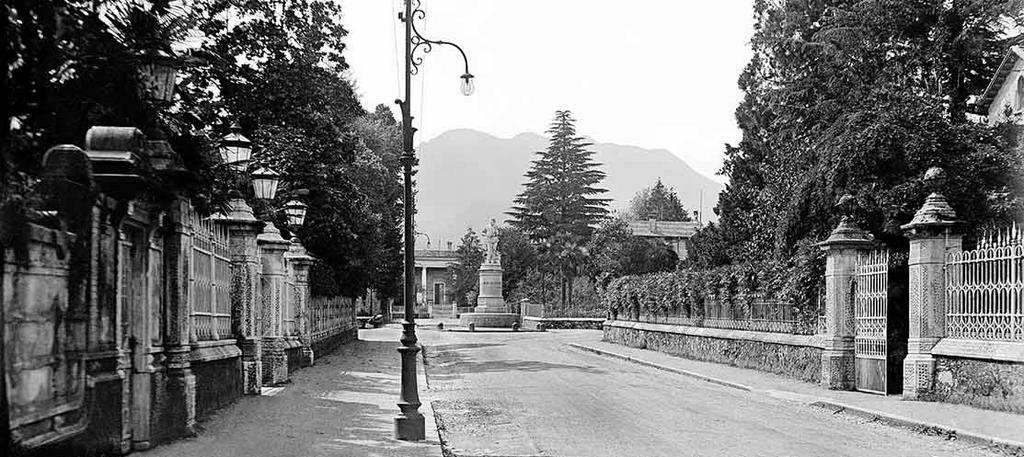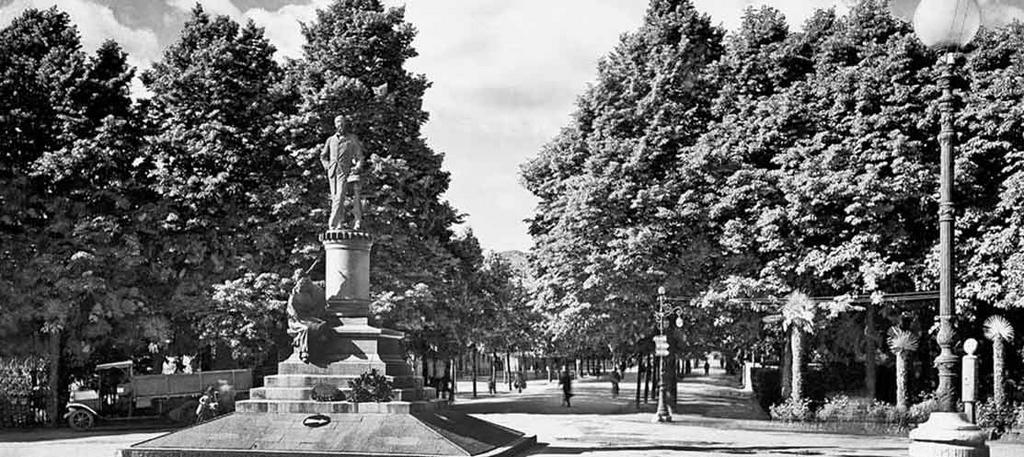Schio ...”one of the most beautiful places in the world” (Ernest Hemingway, Visita di un reduce al vecchio fronte. From "Toronto Star Daily", 22 July 1922)
Schio is one of the municipalities in the province of Vicenza that is surrounded by an amphitheatre formed by the hillsand foothills of the Alps, a setting of great charm, where the many hill-side villages dotted throughout the area still bear witness to the old rural civilisation. The origin of the place name Schio seems to have derived from "ischi" - a type of oak - or "Ascledum" in the Romance language of the time.
It is a borough of ancient origin and proof of this is given by the items from the Neolithic age and the Paleo-Venetic settlements; the geographical position, at a crossroads of ways of communication, made it a spot predestined to become a place of settlement right from prehistoric times; the "unpaved Veneto road" existed even befor e the arrival of the Romans and by skirting the Colli Berici hills, it reached as far as Vicenza and then joined up with the Trentino road via Milano, Magrè, Schio and Piovene.

The first existing Medieval document referring to Schio dates back to 983; it is a document in which the Bishop of Vicenza, Rodolfo, in a voluntary deed, donated a "curtis in Scleo" to the Benedictine monks of San Felice in Vicenza in the place known as Gorzone where the actual Cathedral now stands. The location of the modern day town centre originated from the transfer of the parish of Belvicino, the houses of which had been swept away by a flood, to Gorzone in Schio 1123.
A free Municipality in 1228, and then the property of the Della Scala and of the Visconti families, Schio was widely developed under the domintion of Serenissima and it became the main place for wool production in the Republic. In fact, it was this very business that gave the town the famous nickname of "little Manchester"; it is true to say that the vocation for industry has very old origins and has left the town a remarkable legacy consisting of precious evidence to its Industrial Archeology. The economic development began in earnest and adopted more rational systems from the eighteenth century onwards with the work of Nicolò Tron, who founded a textile factory that attracted skilled workers from England and introduced new machines and work methods as far back as 1738. The art of wool-making reached its peak in the nineteenth century thanks to the first products made by Francesco Rossi and by virtue of the innovative entrepreneurial spirit of his son Alessandro Rossi who was able to develop his father's wool mill until it became the most important Italian wool company (Lanerossi). This pioneering aspect of industry proved to be a vital element for local entrepreneurial culture and in time it has led to the creation of a unique and extraordinary industrial area.
